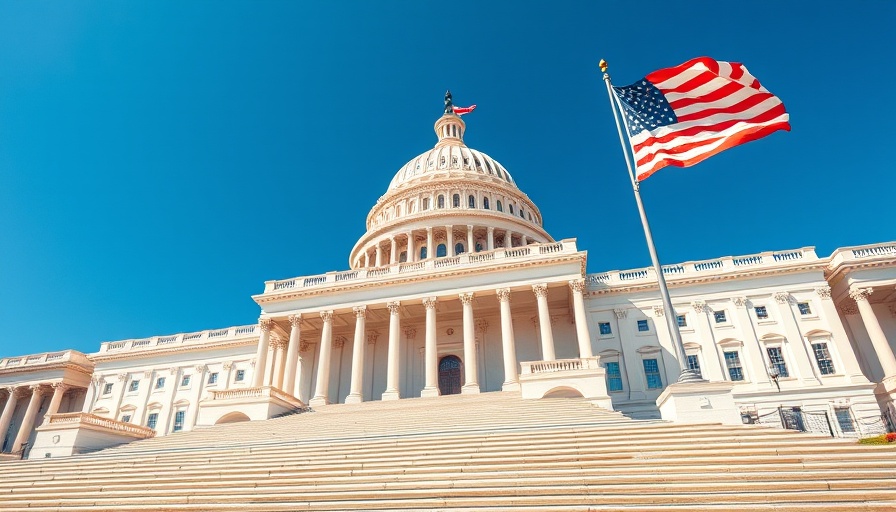
Understanding the Relevance of the Reconciliation Bill Timeline for Health Providers
The recent approval of the Republican budget reconciliation bill has raised many eyebrows, especially among health care professionals and those relying on Medicare. With crucial provisions set to roll out over the next several years, independent physicians, nurse practitioners, and pharmacy owners are left pondering the implications for their practices. These changes, notably affecting Medicare's coverage and reimbursements, signal a shift that those in healthcare must navigate cautiously.
Immediate Impact: Who Gets Left Behind?
Among the most pressing concerns addressed in the new bill is the immediate limitation of Medicare coverage for certain groups. The bill barring enrollment for lawful immigrants not fitting specific criteria—unless they classify as citizens or green card holders—means that many trusting the Medicare system may suddenly find themselves without essential support. This sharp pivot leaves a vulnerability in our healthcare framework, particularly impacting practice operations for those healthcare providers who serve diverse populations.
The Enforcements Stopped: Implications for Medicaid and MSP
As implementation rolls out, the immediate suspension of rules designed to streamline Medicaid and Medicare Savings Program (MSP) coverage could severely hinder both care coordination and practice operational capacity. The Congressional Budget Office has cautioned that nearly 1.4 million low-income individuals might lose access to MSP coverage while remaining eligible, which raises questions about billing practices and patient retention strategies. This may result in increased financial strain on health practices reliant on predictable reimbursement models.
Looking Ahead: Opportunities for Advocacy and Correction
One silver lining in this overarching timeline is the elongated period for advocacy. With key provisions enacted gradually, healthcare professionals can engage in efforts aimed at lobbying for more equitable healthcare access. This extended timeline offers a crucial chance for practices to reinforce relationships with policymakers and advocate for patient-centric changes. Engaging in dialogs around Medicare reimbursement and care delivery can shape future regulations to ensure providers are not unjustly penalized.
Remote Patient Monitoring: A Solution on the Horizon?
Amid pending changes, the utilization of remote therapeutic monitoring (RTM) stands out as a rapidly growing option for many healthcare practices. Integrating technology like AI scheduling agents, telehealth reimbursement coding, and patient engagement tools can enhance clinic operational efficacy and generate new revenue streams. Given the shift in Medicare’s landscape, practices need to consider adopting these technologies as part of their growth strategies, not only for compliance but also for retaining a competitive edge and ensuring high-quality patient care.
Preparing for the Inevitable: Compliance and Transition Strategies
Health providers must adapt to an evolving regulatory environment. Enhanced compliance education will be essential to navigate the complexities of the new legislation. By employing compliance-friendly voice agents and automated patient outreach systems, practices can optimize their workflow and ensure adherence to new directives such as Medicare documentation requirements. Staying informed about Medicare billing codes and related efficiencies is critical for managing operational costs as well.
Call to Action: Influence Change Before It’s Too Late
Healthcare providers are in a position to influence changes that significantly affect their practices and the well-being of their patients over the long run. The path forward necessitates that you urge your senators to reject harmful cuts to health care. Engaging with policymakers and voicing your concerns can lead to more balanced provisions that support both providers and patients alike.
 Add Row
Add Row  Add
Add 




Write A Comment